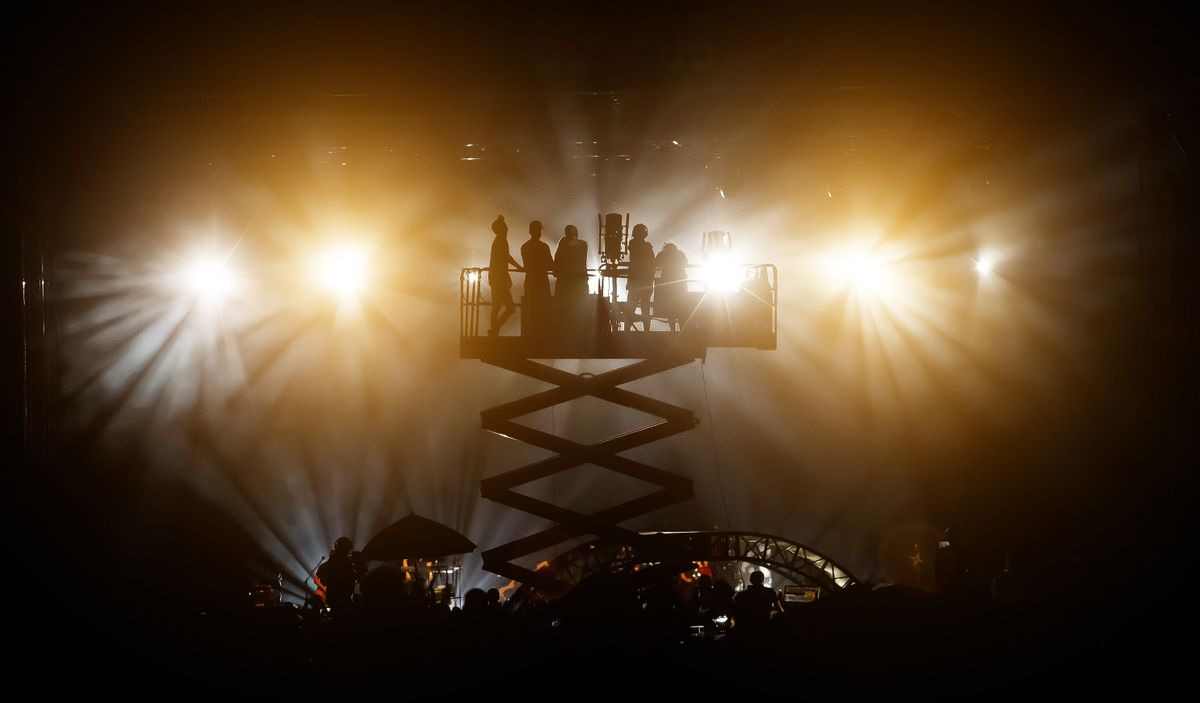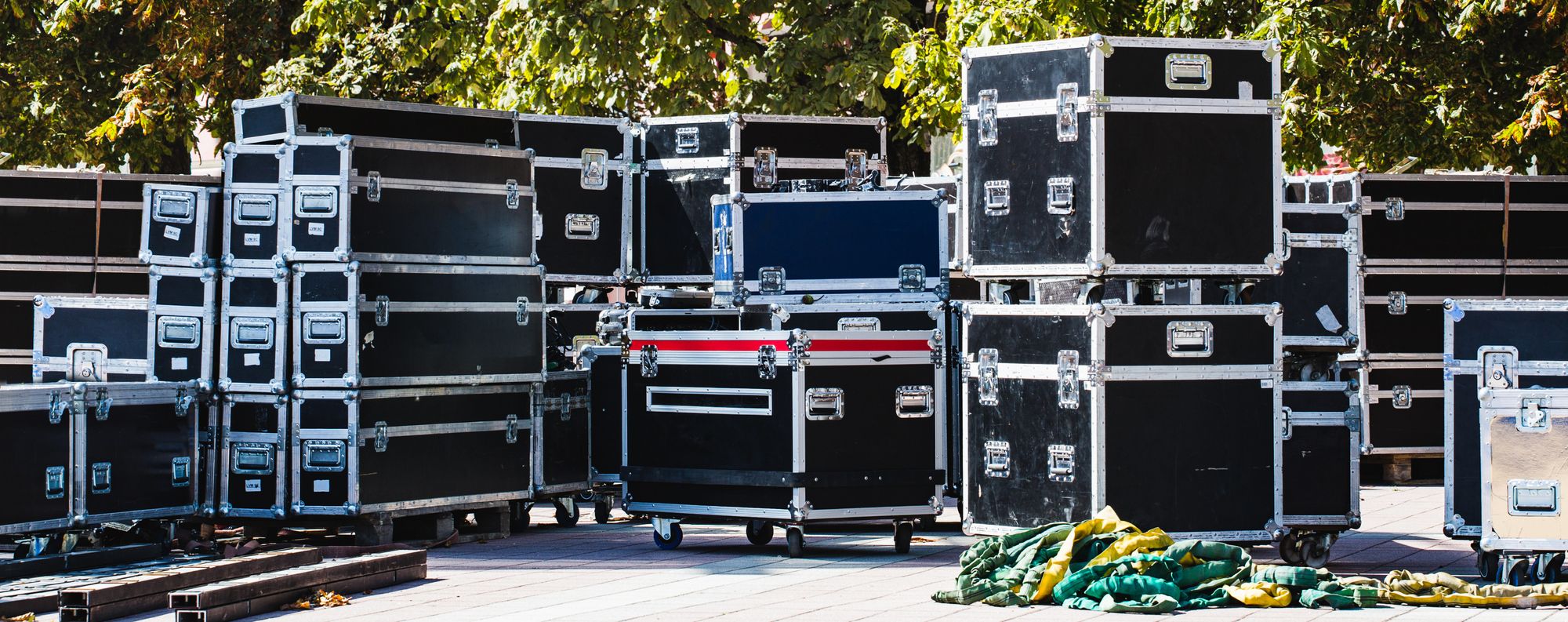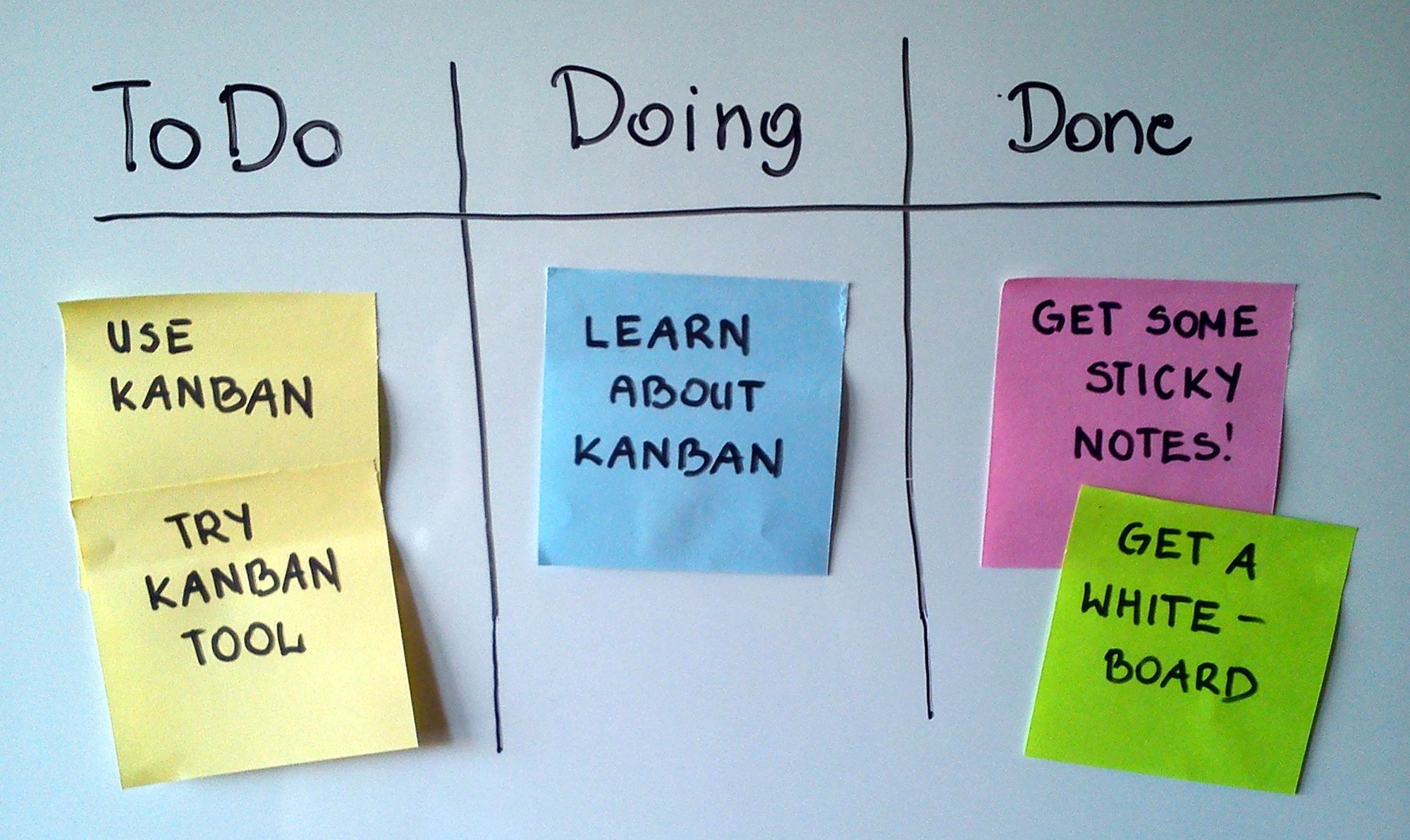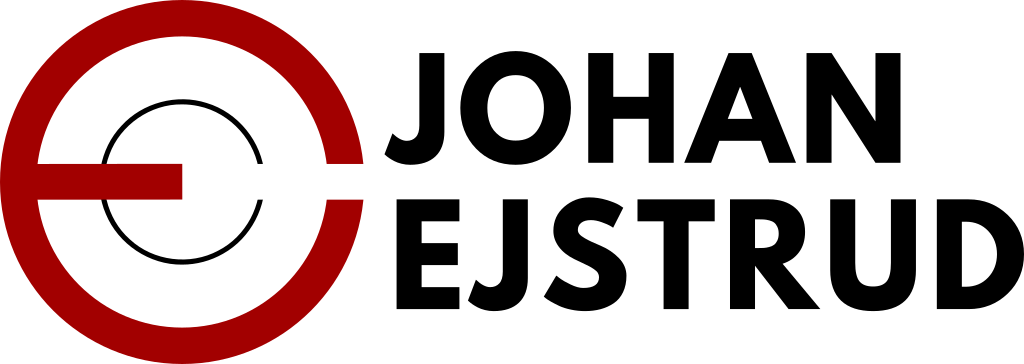How Building Stages Taught Me the Importance of Visualising Work

People thought we were the nerds. We thought we were the cool nerds.
In University, I volunteered in a group that did stage productions for all concerts and parties on campus. If you needed massive speakers, smoke, and flashing lights, you would call us.
We spend a ridiculous amount of our free time in this group, connecting cables, assembling podiums, and programming shows. And when the house lights turned on, and everybody hurried to get their coats, we stayed behind to disassemble everything—I just realised why people considered us the nerds.
I was part of this group for 7 years, and I miss it. Building stages gave me a satisfaction that I have never found in knowledge work.
Admire your work
Every time we finished a stage build—usually 5 minutes before the doors opened—there was a moment where the whole team assembled to look up and admire our work. The exhaustion we felt in our arms and legs had turned into something.
Seeing the results of your efforts so directly is deeply satisfying.
In knowledge work, experiences like these are scarce. When was the last time your team assembled to admire a piece of work you had finished? It’s not that we don’t want to celebrate our accomplishments, but it’s just so much harder to visualise the results.
Sure, if your team just finished a 3-month report, you could print out those 200 pages, stack them neatly on the table, and high-five over that. But that’s not really the product. The product of your report is the neural connections in the readers head when they consume it. How do you visualise that?
Truck → Arena Floor → Empty Pile
When building stages, the satisfaction doesn’t just occur at the grand finale. If you have never built a stage before, here’s more or less how you do it:
- In the morning, reverse some trucks into an empty arena.
- Unload the trucks for equipment boxes and put them on the arena floor.
- Empty the boxes for equipment and assemble it like puzzle pieces.
- Move the empty boxes to their final resting place: the empty pile.
Each box in the truck is a task. One-by-one they move from the truck, to the arena floor, to the empty pile. At any time, anyone in the team can glimpse at the empty pile to get a sense of progress.
Nobody ever called for a status meeting during a stage build to ask, “How far are we?”. Look around! See for yourself.

With knowledge work, it’s even harder to visualise progress than results. If you look around the office, you see people working, but which boxes are they moving? Looking around gives you no sense of progress.
That is why there are so many status meetings. We want to know where we are. What did we work on since last? What are we working on next? Unfortunately, the answers only give a vague sense of progress, and next week it’s the same all over again.
Artificial visualisation
So how do we achieve something similar in knowledge work? How do we create the satisfaction of seeing work get done?
I think the best we can do, is to artificially visualise our work.
Pages written and code completed, everything needs a visual representation that we can look at, count, and move around like boxes on the arena floor.
Kanban boards are a famous example. Either physical or virtual, they contain some cards, where each card is a task. In its simplest form, the cards move between the three columns: to-do, doing, and done; the truck, the arena floor, the empty pile.

I have helped many teams of knowledge workers implement Kanban boards, and the effect is always stunning. Suddenly, there’s an extra satisfaction to finishing work. Suddenly, everybody can see progress.
Introducing Kanban boards, fundamentally changes how teams collaborate.
Because you can see each other’s work, you can adjust accordingly. Work that’s hanging in the to-do column becomes visible, and those with extra resources can chip in.
And then there’s those status meetings... At first, they become more manageable because the Kanban board gives you something concrete to talk from. But are the meetings even necessary?
I was on a team where we ditched a weekly one-hour status meeting because of Kanban. After introducing it, we realised that we were literally just reading out loud what we could already see on the board. There’s no need for status meetings when everybody can already see the status.
And Kanban boards aren’t just for teams; I use every chance to visualise work, even on my own projects. This blog post is a card on a Kanban board, and when it’s published, I get to move it from “Doing” to “Done”.
Honestly though, it still doesn’t come close to the satisfaction of walking up to a lighting console after a hard day’s work has given you the power to press one button that makes a 100 lights flash with the intensity of the sun—that, knowledge work will always miss.
